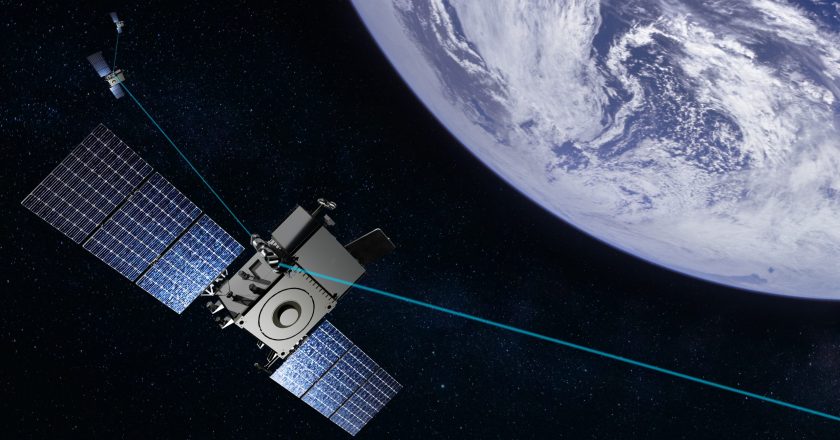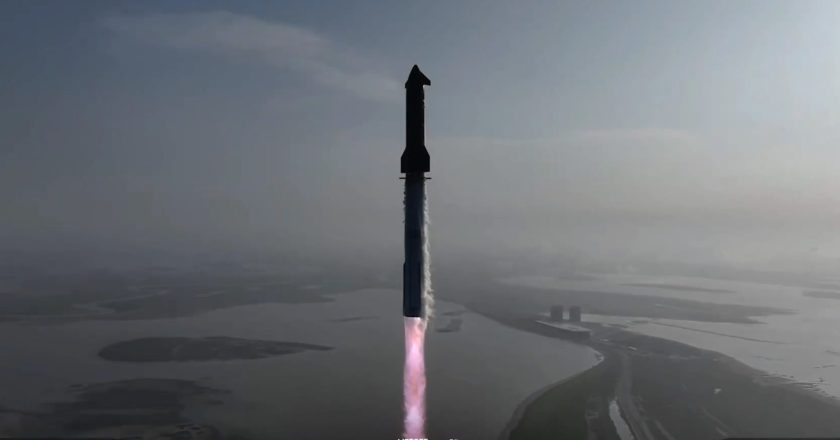NASA — Zero Gravity Indicators: Plushies in Space!
Not long after midnight on Dec. 7, 1972, the last crewed mission to the Moon, Apollo 17, lifted off with three astronauts: Eugene Cernan, Harrison Schmitt, and Ronald Evans.Experience the Apollo 17 launch and follow the mission in real time.ALTMeet the CrewLet’s meet the astronauts who made the final Apollo trip to the Moon, including the first scientist-astronaut.Gene Cernan: In 1972, Apollo 17 Mission Commander Eugene A. Cernan had two space flights under his belt, Gemini 9 in June 1966, and Apollo 10 in May 1969. He was a naval aviator, electrical and aeronautical engineer and fighter pilot.Ron Evans: Apollo 17 Command Module Pilot Ronald E. Evans was selected as a member of the 4th group of NASA astronauts in 1966. Like Cernan, he was an electrical and aeronautical engineer, and naval ...




